The American Academy in Tbilisi was founded to assist in reversing the trend in education and to instill ethical and moral values and behaviors at an early age. The Academy is a model secondary school based on American educational principles. It is an English-language, private, coeducational high school dedicated to making Western education, teaching techniques and technology available to gifted Georgian students and to preparing the next generation of Georgian leaders.
The Academy has widespread support in Georgia. 14,000 Georgians petitioned the U.S Embassy for the inauguration of the Academy.
The Academy opened in September 2001 for the 9th grade. Additional grades 10-12 will be added, one grade each year, as more teachers return from their U.S. training. Ultimately, the Academy will enroll 200 students by 2004. General John M. Shalikashvili, Honorary Board Member gave the opening keynote address. President Shevardnadze, Former Chairman Zurab Zhvania and His Holiness, Ilia II, were all in attendance.
The Academy differs from other schools in Georgia in three ways.
- Faculty. Already highly qualified in their subject matter, these teachers are sent to the U. S. for one year before they teach their first class at the Academy. They spend the summer as intern teachers at the Phillips Exeter Academy, one of America?s oldest and most prestigious schools. They subsequently spend the academic year at either the Harvard Graduate School of Education or Simmons College. The Academy headmaster is an American with thirty-five years of experience teaching in public and private schools.
- Mode of instruction. With the exception of science where students work in fully equipped laboratories, all instruction takes place around large oval tables that can accommodate up to fifteen students. Instruction at these tables is highly interactive, the students expected not only to master the content of their lessons, but also to take an active role in discussing them. Their aim is to think about what they are learning, the focus being on analyzing the content they are trying to assimilate. Emphasis is placed on the “how” and the “why” rather than the “what” and the “when”.
- Technology. During their year abroad, all teachers are trained in the uses of technology in education. Besides the computer lab, computers are also stationed in the library and in every classroom. All these computers are linked through a network that enables every student to have an account of his/her own. They can deposit their papers in their teachers? folders for comment and correction, can access the Internet for research, or view electronic dictionaries and encyclopedias. Tuition is $3,000 per year. Currently ten need-based scholarships have been made available. The Academy is committed to ensuring that eventually the Academy will be accessible to all students regardless of ability to pay. American Academy Board of Trustees:
- Guivy Zaldastani, American Academy President and Chairman of the Board
- Giorgi Bazgadze, Chairman, GCG Group
- Mamuka Khazaradze, Chairman, TBC Group
- David Khurodze, Regional Manager, Chevron Georgia, Inc.
- Vladimir Pateishvili, President, Bank of Georgia
- Giorgi Tavadze, Hotel Tbilisi
Support for the Academy was provided by: Georgian Association in the USA, Inc. (Managed two grants totaling $750,000 from the U.S. Department of State, Bureau of Educational and Cultural Affairs and has provided nearly $100,000 in in-kind contributions to the project) Georgian Businesses and Individuals. TBC Group, GCG Consulting, Chevron, Bank of Georgia, Georgian Telecom, Hotel Tbilisi, GWS, ALDAGI, Republic Bank, Microfinance Bank, Bagrationi-1882, Samgori-94 (Over $300,000 was raised for Academy building renovation, equipment, furniture, salaries and operating expenses.) Harvard University and Simmons College (partial scholarships for teacher training). Phillips Exeter Academy (internships for Academy teachers) Open Society Georgia Foundation (teacher transportation expenses)
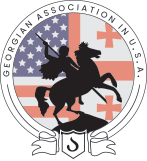


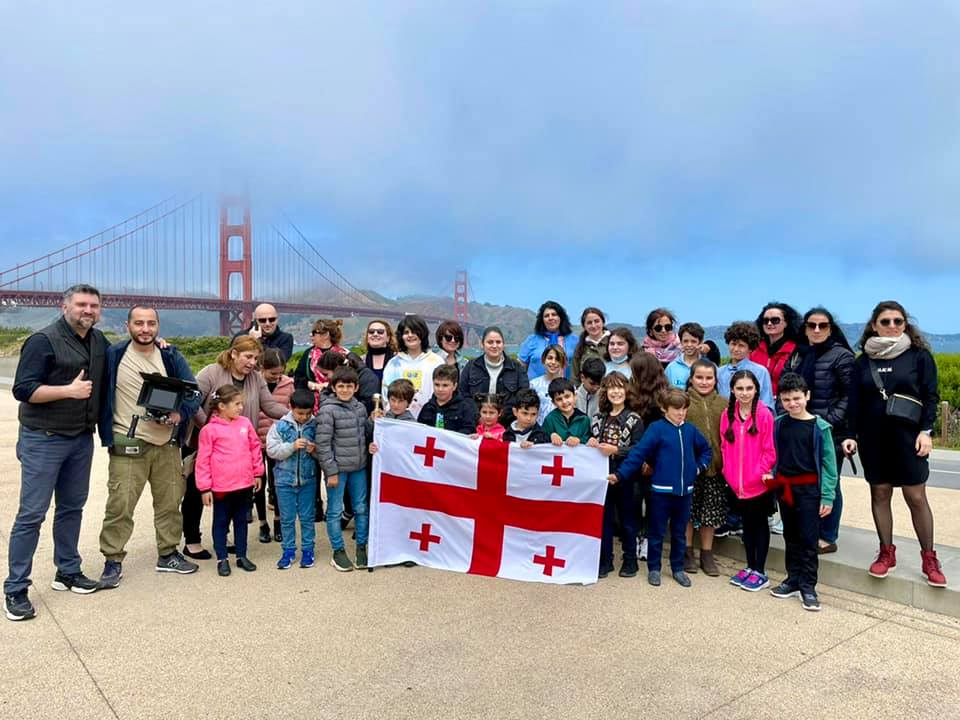
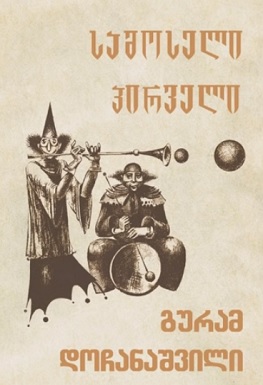
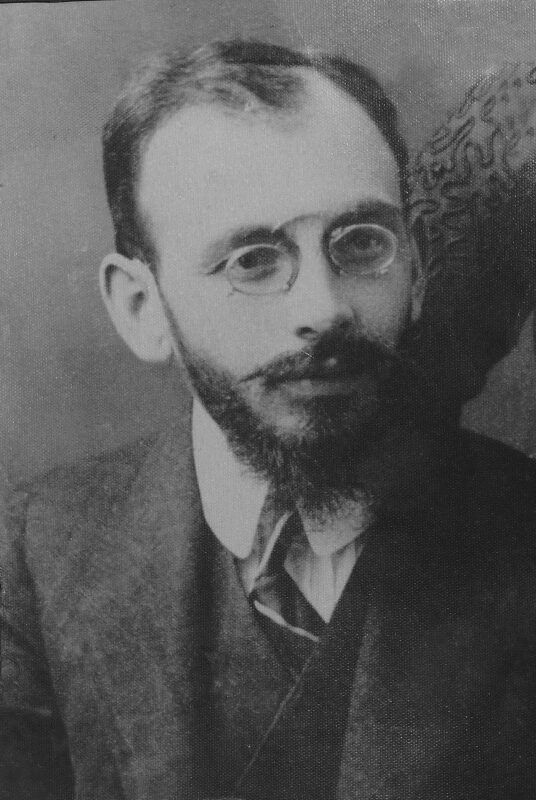


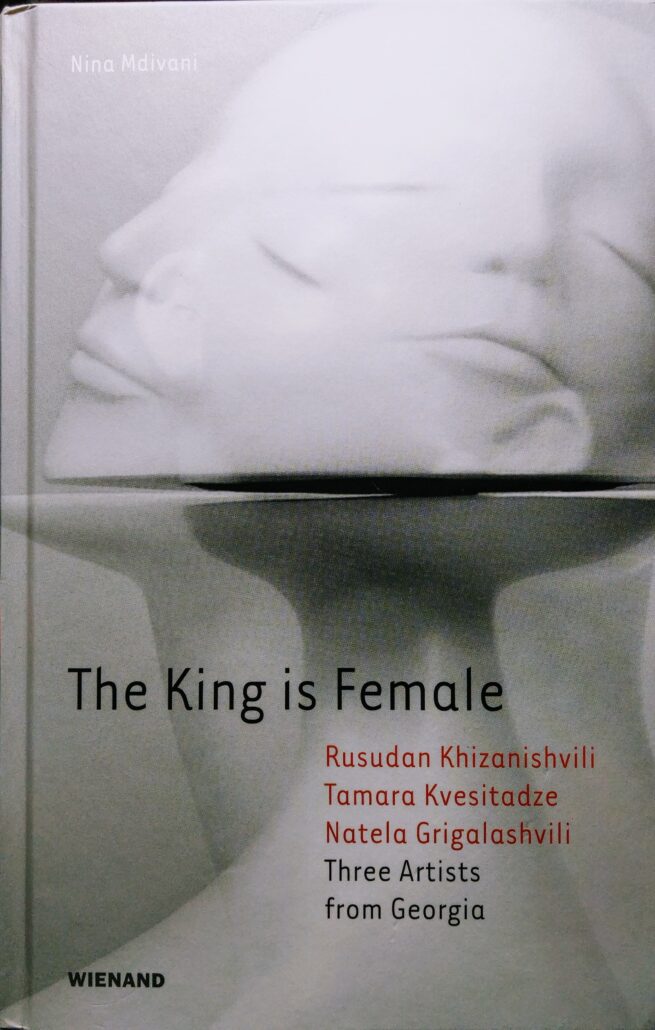
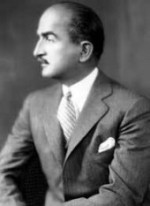 In 1917 Matchabeli married Italian Norina Gilli who had become famous for her portrayal of the Madonna in Max Reinhardt’s unique 1911 pantomime spectacle play The Miracle. He briefly served as the Georgian ambassador to Italy until the establishment of Soviet rule in Georgia in 1921. He and his wife then moved to the United States. Mr. Matchabeli wanted American citizenship, but wasn’t willing to relinquish the glamour of his title as Prince, so he petitioned for the right to use the title as his first name. So from 1934 onward, he was Mr. Prince Matchabeli. The prince was an amateur chemist who began creating perfumes for his friends and family as a hobby. In 1924 he and his wife, now known as Princess Norina Matchabeli, established the Prince Matchabeli Perfume Company. Norina designed the crown shaped perfume vial in the likeness of the Matchabeli crown. His first employees were all fellow exiled aristocrats. One Georgian writer of the time remembered them as the most courteous staff in the United States and the prince himself was a perfect spokesman for his product. He had a reputation for exquisite manners and refined appearance, ideal for selling perfume to American women. In 1928, Matchabeli’s perfumes were awarded the Grand Prix with gold medal at the expositions in Paris and Liege for their quality and originality.
In 1917 Matchabeli married Italian Norina Gilli who had become famous for her portrayal of the Madonna in Max Reinhardt’s unique 1911 pantomime spectacle play The Miracle. He briefly served as the Georgian ambassador to Italy until the establishment of Soviet rule in Georgia in 1921. He and his wife then moved to the United States. Mr. Matchabeli wanted American citizenship, but wasn’t willing to relinquish the glamour of his title as Prince, so he petitioned for the right to use the title as his first name. So from 1934 onward, he was Mr. Prince Matchabeli. The prince was an amateur chemist who began creating perfumes for his friends and family as a hobby. In 1924 he and his wife, now known as Princess Norina Matchabeli, established the Prince Matchabeli Perfume Company. Norina designed the crown shaped perfume vial in the likeness of the Matchabeli crown. His first employees were all fellow exiled aristocrats. One Georgian writer of the time remembered them as the most courteous staff in the United States and the prince himself was a perfect spokesman for his product. He had a reputation for exquisite manners and refined appearance, ideal for selling perfume to American women. In 1928, Matchabeli’s perfumes were awarded the Grand Prix with gold medal at the expositions in Paris and Liege for their quality and originality.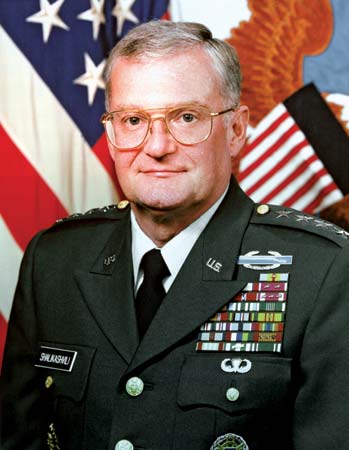 General Shalikashvili achieved the highest ranking position in the US military. He joined the United State Army as a private, served in every level of unit command from platoon to division, and rose to Chairman of the Joint Chiefs of Staff. As a Georgian he was also the first foreign-born Joint Chiefs Chairman. He was also the first draftee and first graduate of Officer Candidate School to hold the position.
General Shalikashvili achieved the highest ranking position in the US military. He joined the United State Army as a private, served in every level of unit command from platoon to division, and rose to Chairman of the Joint Chiefs of Staff. As a Georgian he was also the first foreign-born Joint Chiefs Chairman. He was also the first draftee and first graduate of Officer Candidate School to hold the position.